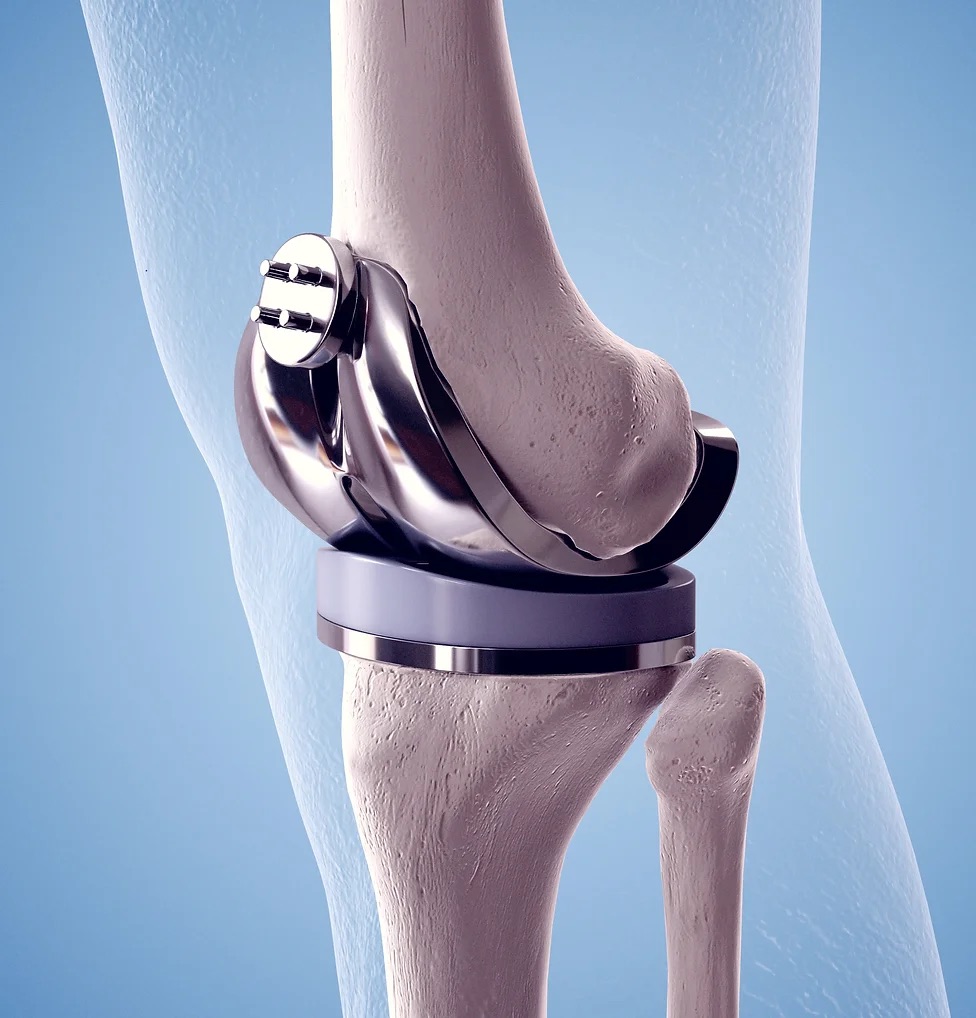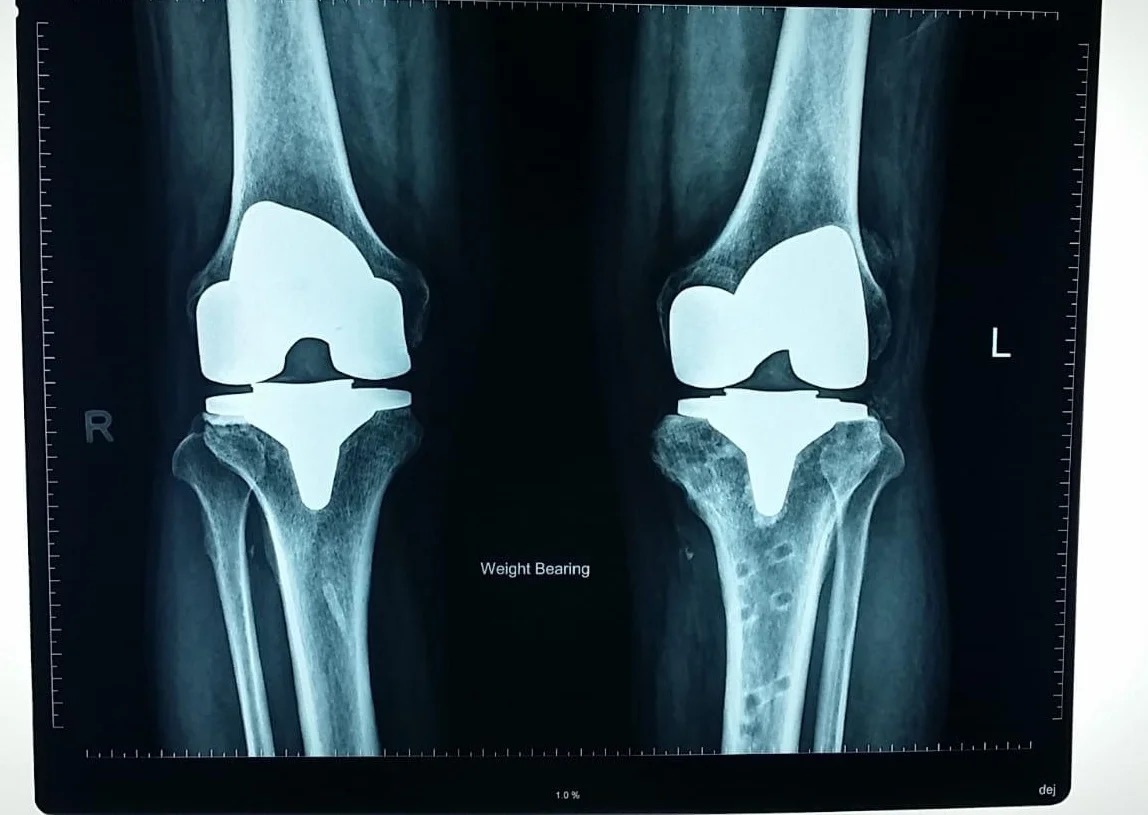
Should I do a TKR or UKR?

Should I do a TKR or UKR?
Knee Replacements are classified into Total Knee Replacements (TKR) or Unicondylar Knee Replacements (UKR).
A TKR replaces all the compartments in the knee with implants, whereas a UKR replaces just one compartment.
For some patients’ cases, either a TKR or UKR can be considered, as there are pros and cons of each.

Both Knee Total Knee Replacements (TKR)
The Xrays above show a patient with TKR of both knees.
A TKR is suitable for patients of 50 years old and above with pain knee arthritis. Modern-day implants are capable of lasting very long (read this page) and can be considered for patients 50 years and above. A TKR also replaces all compartments of the knee, so treats pain from the different compartments of the knee. The majority of patients who receive a knee replacement undergo a TKR.
A person who undergoes a TKR in his 50s or above is very likely to have the implant last him/her the whole way.

Both Knee Unicondylar Knee Replacements (UKR)
The Xrays above show a patient with UKR of both knees.
Generally, a UKR may be more suitable for the young patient with arthritis (<50 years old), or the elderly patient with arthritis (>75 years old), and where the arthritis is confined mainly to just one compartment in the knee.
A UKR allows the patient to retain more movement and activity of the knee. Thus, it is more suitable for young patients who wish to retain physical activity. Some patients are able to return to running after a UKR surgery. However, the patient will also be given the appropriate expectations that the UKR allows them to retain good activity for the next 15 years, and there is a likelihood that he/she will have to undergo a second surgery to change the UKR to a TKR in future.
The other group where the UKR is suitable will be elderly patients where the arthritis is confined mainly to one compartment. This is because a UKR surgery is less invasive and has slightly less associated risks, as compared with a TKR surgery, and so is safer for the elderly.
As compared to a TKR, a UKR lasts shorter (read this page). That is why when UKR is done in young patients, appropriate expectations about the longevity of the implants must be given to the patient.
What if I am in my early 50s’, with arthritis mainly of one compartment but also mildly of another compartment?
The above patient profile often requires a detailed discussion of the available options, as people in their early 50s’ still have good activity and have many more years ahead of them. The decision between a TKR or UKR then depends on other factors such as: severity of knee condition, BMI, co-relation of the pain with Xray findings, and expected activity level for the future. The surgeon will make a judgement call based on these factors and discuss the options with the patient.
For this patient group and younger patients, other than a knee replacement surgery, there are other surgical options available for consideration:
– A keyhole surgery to repair the damaged cartilage/meniscus, to prolong the lifespan of the knee
– A bone re-alignment surgery to move pressure away from the arthritic compartment
Centurion Orthopaedic Centre is experienced in the treatment of such knee problems. We help patients explore various options and make an informed decision on their treatment.
Centurion Orthopaedic Centre
38 Irrawaddy Road
Mt Elizabeth Novena Hospital Specialist Centre #07-40
Singapore 329563









